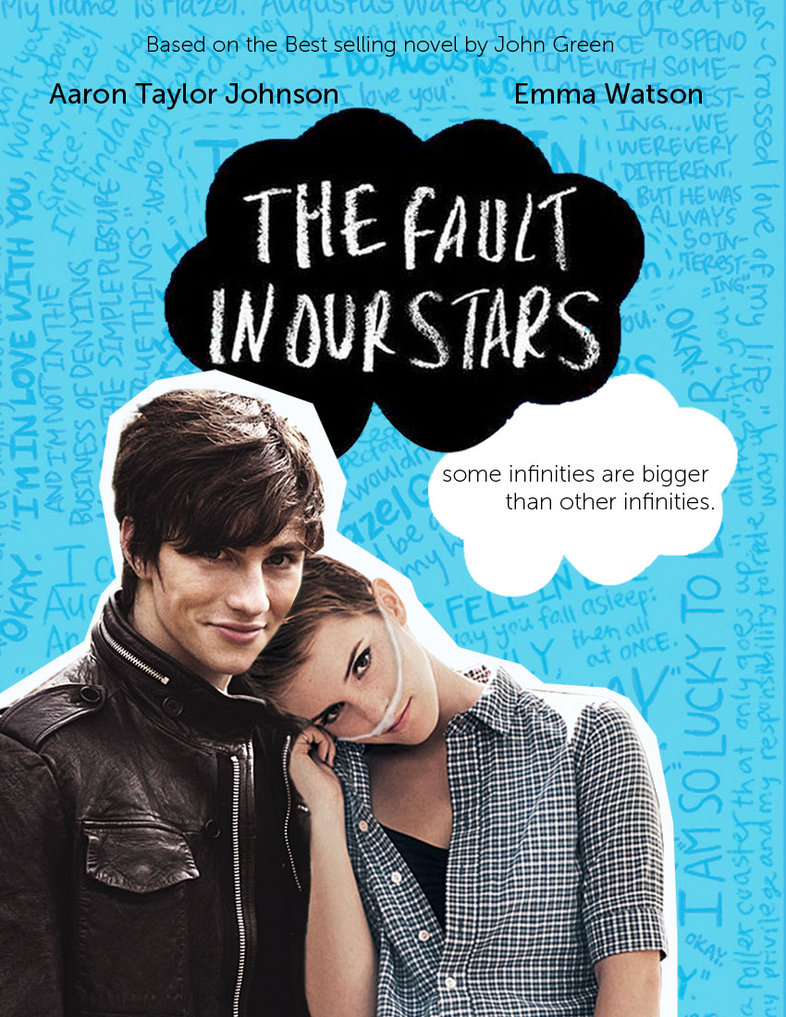

Instead, Augustus and Hazel become fast friends. Green graciously avoids the typical will-they-or-won't-they of most teen reads, as cancer victims don't have the luxury of time to dawdle with their affections.

Depressed and lonely, she tries a support group, where she meets the handsome - and deceptively sick - Augustus Waters, a 17-year-old dreamboat who quickly proceeds to turn her life into an adventure. She carries an oxygen tank with her everywhere, and hasn't attended traditional school since her diagnosis. Hazel, 16, has been battling thyroid cancer since age 13, and only through the use of an experimental drug is she still alive. Robbed of any semblance of a normal life, "cancer kids," as Green's narrator, Hazel Grace Lancaster, calls them, mark their time in days and weeks. The real tragedy of cancer may be that it affects people of all ages, and children suffering from the disease are often hit hardest. Add to that a raw and real glimpse at childhood illness, and his latest, The Fault in Our Stars, may be his best book yet. He freely references Kierkegaard and William Carlos Williams alongside bloody video games and action movies. His language is complex, his syntax adult. He writes for youth, rather than to them, and the difference is palpable. Green writes books for young adults, but his voice is so compulsively readable that it defies categorization. John Green is the New York Times best-selling author of Looking for Alaska, An Abundance of Katherines and Paper Towns. Even Sex and the City's carousing Samantha had her share of chemo. Novels and magazine articles highlighted survivor stories television started adding characters afflicted with illness. Hollywood jumped on the drama surrounding the disease, and soon films like Terms of Endearment and Beaches were keeping tissue companies in business. Gradually, with scientific breakthroughs and education, cancer became less of a mum word and more of a buzzword. It makes sense that people couldn't speak about it - it's not easy to commiserate about a nightmare.Īnd yet, human instinct tells us to band together to fight our enemies, even on the cellular level. There is something monstrous about a disease that kills by wanting to live cancer's goal is to grow and prosper, with absolutely no regard for its host. It was the second-leading cause of death in the United States then - just as it is now - but it was as mysterious to most people as mortality itself. In his Pulitzer Prize–winning book The Emperor of All Maladies: A Biography of Cancer, Siddhartha Mukherjee writes that as recently as the 1950s, cancer was so feared and taboo that the New York Times refused to print the word in a support-group advertisement. Your purchase helps support NPR programming. Close overlay Buy Featured Book Title The Fault in Our Stars Author John Green


 0 kommentar(er)
0 kommentar(er)
